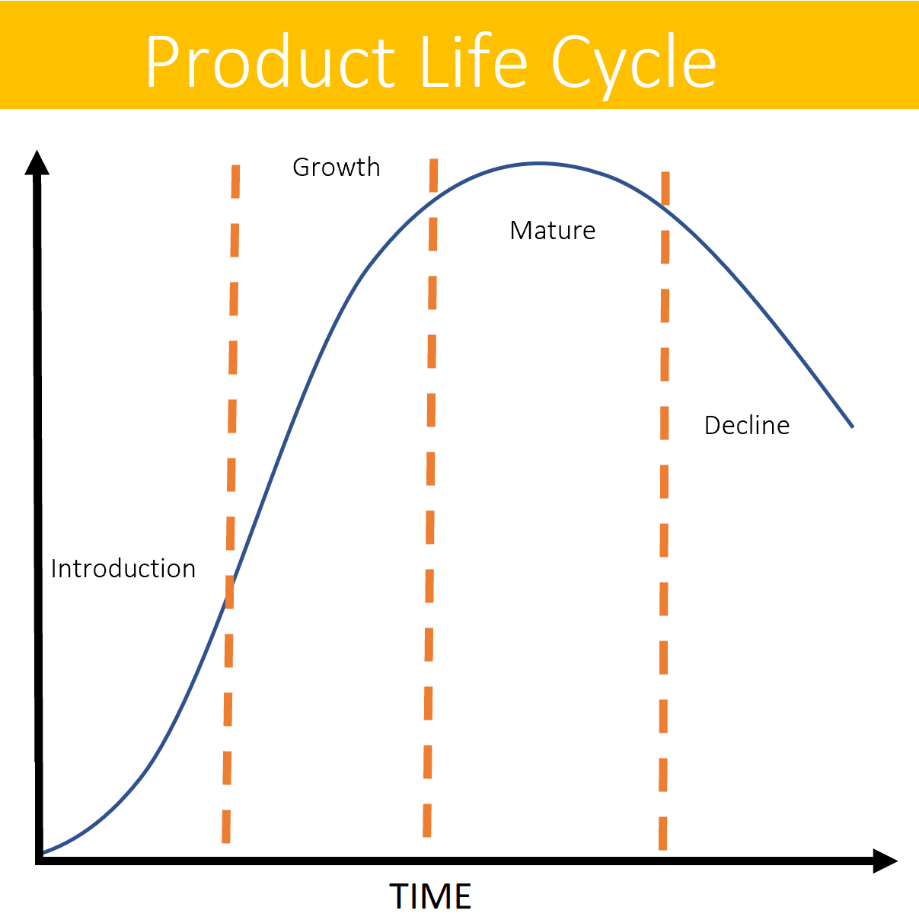If I were to ask the question, “What are the two largest management factors that come to mind when you hear soybean management factors?” What would your answer be? For myself, the top two things that come to mind are early planting date (late March and April) and herbicide resistance.
Early planting date has arguably been the biggest soybean yield driver because of the increased number of days before the plant starts to flower. This allows... Read More →
ILSOYADVISOR POST
How to Determine If You Are Using the Right Products On Your Farm
January 10, 2020
With the modern advancements in production agriculture, producers are seeing new products enter the marketplace faster than ever. It can be challenging to keep up with old and new products, therefore it’s important to have a trusted advisor to track product development and product life cycles. As a producer it’s important to have a good balance of product life cycles that are being implemented on your farm.
For example, Soybean Seed:
It’s good to have the bulk of production products that are in the growth and mature stages to not only capture the most recent yield rate of gain in a breeding cycle but to also have confidence in your lineup. It’s also important to evaluate new products in the introduction stage for future replacement.
 Factors that influence a product life cycle:
Factors that influence a product life cycle: - Supply and demand
- Cost of production
- Quality supply of parent material
- Trait availability
- Yield performance
- Disease package
- Ability to handle field conditions
- Mis-application of herbicides or fungicides causing resistance
- State or Federal regulation
- Safety
Introduction: A new product that is being released into the marketplace for the first time. Typically, these products are in low supply and high demand and will carry a premium to purchase. These products have spent a lot of time coming through the R&D pipeline and have been tested and evaluated in the labs and large trial settings. Once a product has made it to this point, it will be released as an introductory product in year one, with increased supply in following years.
Growth: Products in this stage have already been introduced into the marketplace and are in year 2-3. Supply of the product has increased, allowing more buyers to take advantage. By this time, product managers and field agronomists have a very strong understanding of yield capacity and how to manage its risk.
Maturity: These are products that have served their customer and technical staff properly. At this stage a product has already peaked in its maximum demand and supply. There are customers who are still interested in using these products because they know the risk and rewards associated with the product and know how to manage them.
Declining: These products are seeing a strong drop in the demand and the marketplace has already found a newly introduced or growth products to replace them. These products typically show less top-end results than the newer releases.





Comments
Add new comment